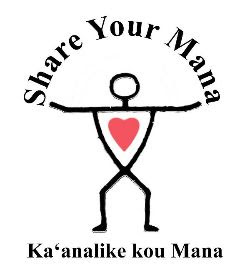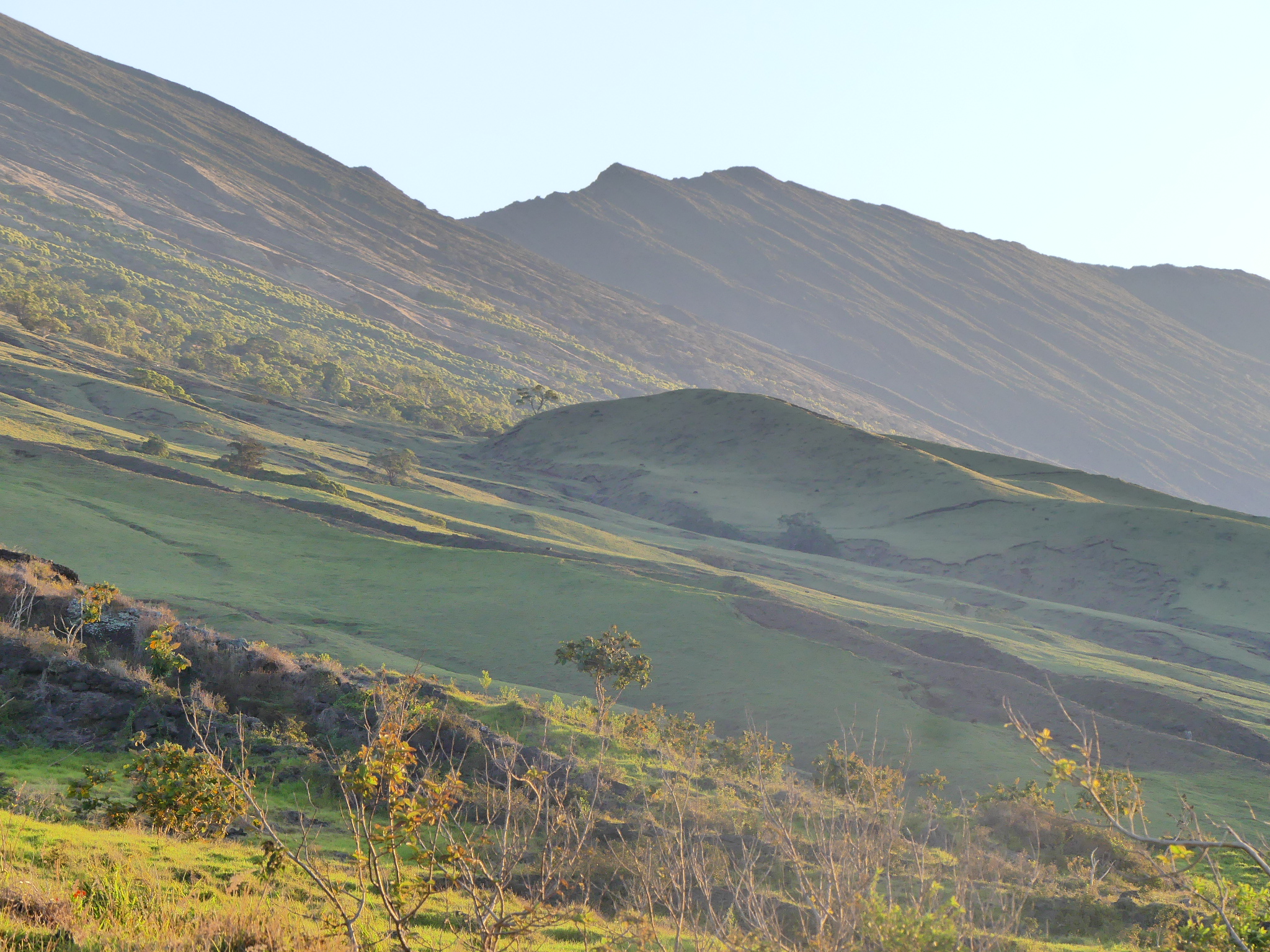More hotels, urban sprawl, tourist traffic, new malls, and dust. This is what the nay sayers rant about the future for this tiny isle. On the contrary, Maui folk are shaping its future with community action.
With the lead agriculture of sugar production over, 36,000 acres left behind are argued over in a panicked tone. Some have voiced despair about the threat of fallow ag land dust storms.
In keeping nose to the ground and command of one’s job, we sometimes forget to raise our heads from our busy work. This is truer than not; people don’t always inform each other of what the other is doing.
Whether it’s a farmer chasing the sun getting all the work done, a student aiming high for straight A’s in agriculture, lawyers rebutting pesticide companies’ claims, a parent and child painting signs for an environmental rally, or a staunch leader finally making the earn of winning votes, progress is present and the doubters, haters and whiners best pay attention.
Last year, activist travel throughout Hawai‘i broke inter-island mileage records as residents ignored geographic obstacles and rallied together in an expeditious manner. Not extinguished by last minute hearings, short notice commission meetings or urgent invitations to meet with officials on other islands, agriculture advocates worked tirelessly every day, doing all that needed to be done.
Maui’s strong list of agriculture accolades begins with the island’s activists. They are ahupua‘a* oriented; they are organized; they use social media well; and they take their vitamins. These healthy cooperation-accelerators have resolved issues with calculated pivots.




Environmental efforts by organization leaders and some government officials are, and have been, complemented by agriculture activists who have choreographed aggressive power plays. These agitators are scale blind and 36,000 acres is their new weight class.

Albert Perez and Maui Tomorrow have led with a robust and reworked Maui agricultural plan from the moment the announcement of a sugarless Maui hit the newsstands. They’re applauded by supporters and have even garnered auspicious support from others taking credit for their plan.
Maui Tomorrow surfed through many issue swells this year (2016). They met with Governor David Ige to demand veto of the water theft bill, helped shut down plans for an Olowalu seawall, responded to requests from judges for multiple water cases, persisted demands for Maui County’s purchase of a Jaws-dropping 267 acres of open space. And, they ended the year with persuasive testimony against the extension of a revocable permit for the east Maui water diversion to Alexander & Baldwin that will lead to long awaited restoration of traditional farming and fishing.
Alika Atay is known as an environmentalist, a leader, an organizer, and foremost, a farmer. Yesterday, he was an activist in the most volatile conversation in Hawai‘i – GMO occupation and pesticide company relatives. Today, he is also an elected member of the Maui County Council. Some have touted that he arrived at such a place because he gives a big shaka; others say it’s because he’s a Hawaiian who showed up just in time.

It has been likened to a rapid motivational tour and, unbeknownst to him at the time, it brought him to politics. Alika’s trust is high and his belief is sentimental. He has personal halyard to the heavens that he pulls often. He has an innate ability to translate problems into solutions that includes conferring with his ancestors. He joins a pleasantly well-equipped Council that can balance agriculture and tourism.
At 4:26 p.m. on October 15, 2016, at the 6th annual Hawai‘i Farmers Union United (HFUU) convention in Hilo, the 10-chapter organization passed a pesticide use policy supporting “transitional” farmers.

Its Haleakala chapter, led by Simon Russell, fueled a fiery floor debate about an amendment wherein organic farmers sympathized with conventional farmers. The feverish exchange prompted the National Farmers Union president and convention parliamentarian, Roger Johnson, to repeatedly remove his hat and scratch his head.
With bylaws stating that convention voting allows for delegate voting, Haleakala Chapter used their delegate votes and muscled language forward, catapulting the once conservative organization onto a progressive path.
Equal in notability is the education and awareness plans of HFUU’s newly ordained Sustainable Agriculture Subcommittee. This committee was introduced by Don Heacock, who was recently featured in Maui Film Festival’s “‘Aina, That Which Feeds Us.” With all three Maui HFUU chapters creating their respective Sustainable Ag Committees, the move proves further, Maui is on path to healthy agriculture.
Access to leaders with scientific and cultural knowledge, and related best practices, is in abundance for Jerrod Schreck’s steering of A&B’s Land Stewardship & Renewable Energy Development. A&B’s vision for diversified ag is creating a patchwork of smaller farms on the 36,000 acres on Maui by farming some of the land on their own, partnering with others and leasing land to other farmers. With promising possibilities on his desk, argumentative authority, tenacity and truth can conquer.
Maui’s agriculture future is a shared responsibility. Stewards are taking part in agricultural aspects of their community. They perform community give-back, are leading by eco-tourism example, are helping to flip dismal voter turnout, and are holding elected officials accountable. You have what it takes, Maui no ka oi*.
* ahuapua‘a – district boundaries stretching from the mountain to the sea
* No Ka Oi – Maui is well known as No Ka Oi (“is the best”)





